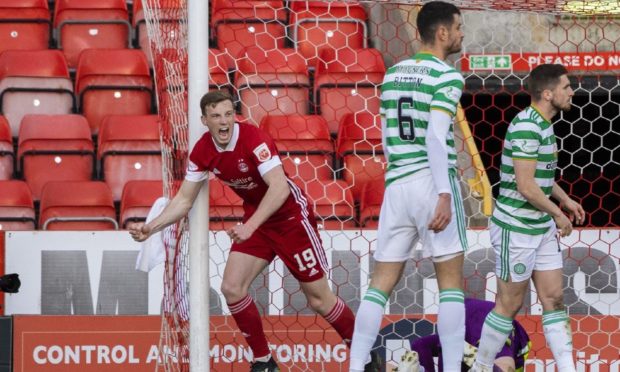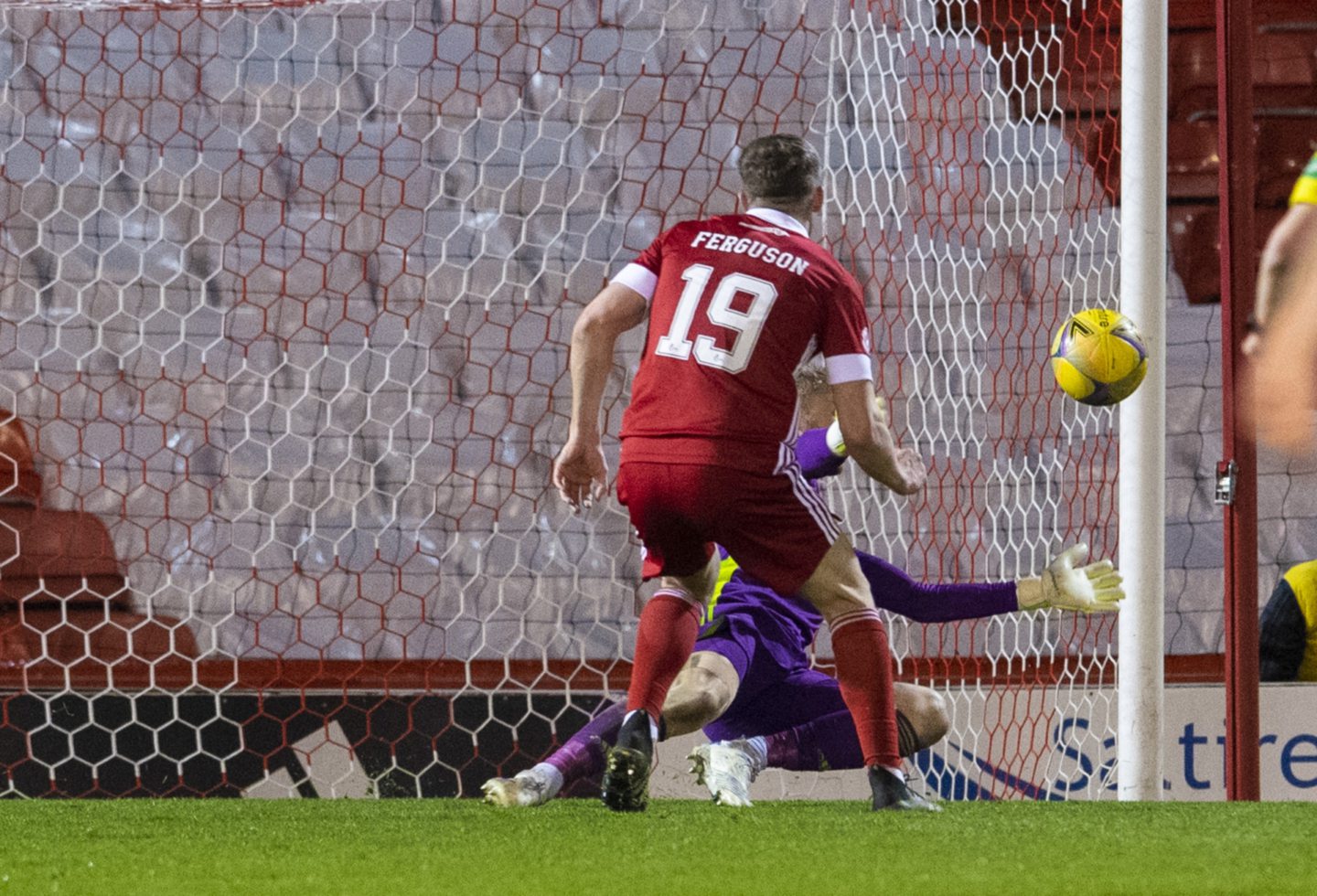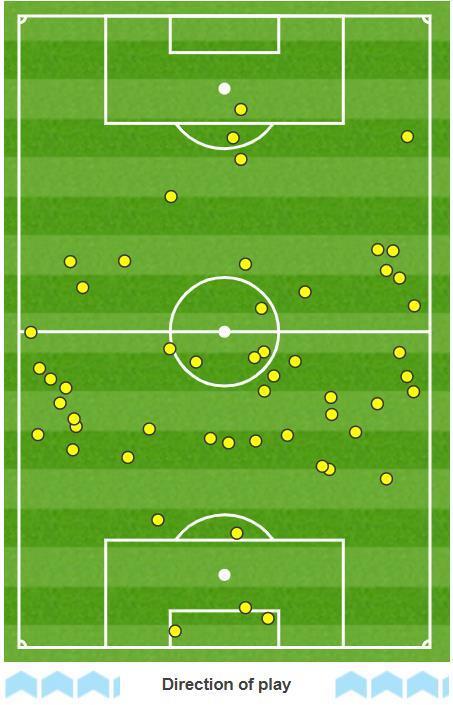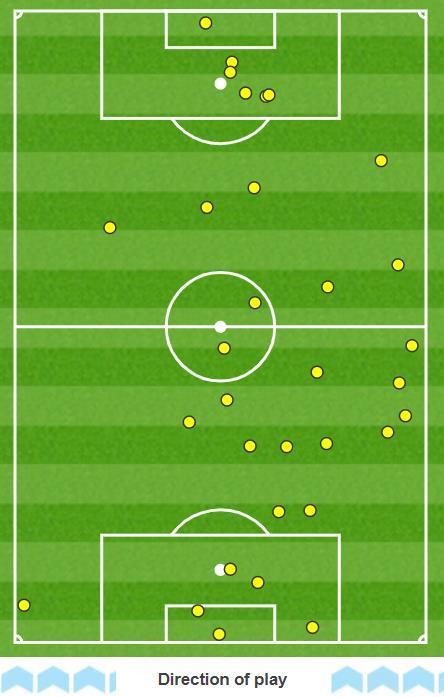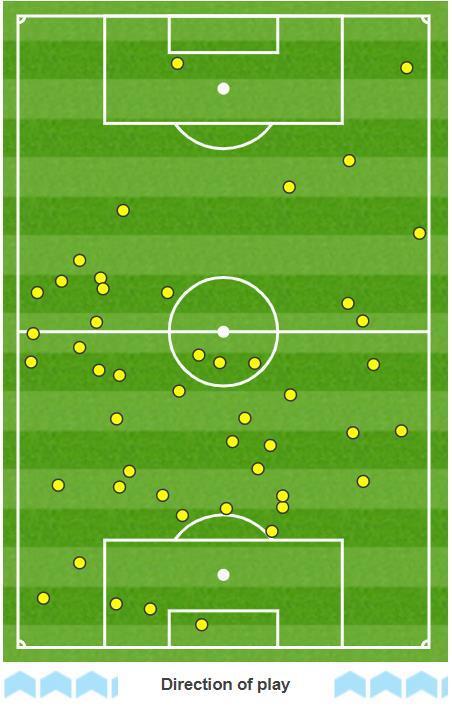Aberdeen midfielder Lewis Ferguson is in contention to become only the third player to retain the Double Tree By Hilton Scottish Football Writers’ Association Young Player of the Year award.
Having won the accolade last year, Ferguson, 21, has been named on the four-man shortlist along with David Turnbull (Celtic), Nathan Patterson (Rangers) and Josh Doig (Hibs).
Only Scottish internationals Kieran Tierney and Steven Fletcher have successfully retained the SFWA Young Player of the Year award since its inception in 2001-02.
Ferguson and Celtic’s David Turnbull are the only players from the 17 winners of the award not to be capped at senior level for their country.
Surely that will change later this year for Ferguson after Scotland manager Steve Clarke leads the country at Euro 2020 next month.
It is too late for any uncapped player to make a late push into Clarke’s 26-man squad for the finals.
The 21-year-old midfielder will be involved in European football next season after Aberdeen secured qualification to the Uefa Conference League at the second qualifying round, which kicks-off on July 22.
Manager Stephen Glass will have a restructured squad in place for that Euro kick-off and, with Europe offering the opportunity to build up early momentum going into the domestic league, Ferguson could force his way into Clarke’s World Cup qualifying squad.
Scotland face Denmark, Moldova and Austria in a World Cup triple-header in September.
The Scotland international midfield is the toughest area to break into as it is packed with established stars.
However, the new role Ferguson has been given under new boss Glass could certainly help the midfielder impress Clarke ahead of the World Cup qualifiers.
Ferguson given freedom to push on by Stephen Glass
Under new manager Stephen Glass Scotland U21 international Ferguson has been given licence to push into the opponent’s penalty area in the bid to connect with crosses when Aberdeen have possession in the wider areas.
It has yielded far more shots on target for the midfielder in recent games.
Under Glass, the Dons play with two number eights and a holding midfielder.
The number eight is tasked with being an all-action midfielder and shifting the onus from defence to attack.
Ferguson’s performance in the 1-1 draw against Celtic at Pittodrie in particular was a dynamic box-to-box shift in a high-profile game that must surely have caught Clarke’s attention.
Not only did Ferguson score, he was denied more goals by two strong saves by keeper Scott Bain and he also hit the post in a breakaway move.
In his best performance of the season, Ferguson also cleared a Celtic effort off his own goal line.
If that is the taste of things to come for Ferguson within Glass’ more attack-minded side then a debut Scotland cap would seem an inevitability.
Keep up that level, with that freedom allowed, and it is only a matter of when, not if, Ferguson pulls on the dark blue of Scotland for the senior squad.
Goal threat back and Steve Clarke will be watching
Ferguson is Aberdeen’s top scorer on 10 goals this season.
However, that strike against Celtic was his first goal since netting two penalties in the 3-3 draw with Celtic at Pittodrie on October 25.
From the turn of the year, the Dons suffered a concerning lack of goals, netting just five times in Premiership 13 games.
Aberdeen’s slump was throughout the squad as for the first time in his Aberdeen career Ferguson’s influence on games also waned as he was restricted to a more defensive, regimented role.
Following a 0-0 draw with Hamilton, the Reds collapse in form from the New Year was so extreme it precipitated the exit of manager Derek McInnes.
Now under Glass the new freedom offered to Ferguson is paying dividends.
Look at the touch-map for McInnes’ final game against Hamilton when the majority of Ferguson’s play was in Aberdeen’s half.
He managed just five touches in Hamilton’s attacking third with only three of those in a danger area.
In the 0-0 stalemate, Ferguson failed to muster a single shot at goal – either on or off target.
Compare that with Ferguson’s box-to-box shift in Glass’ first Premiership game as Aberdeen manager – the 1-1 draw with Celtic.
Ferguson had five shots on goal against the Hoops, with four of them on target.
The only effort he had that was off target rattled the post.
Ferguson has six touches in Celtic’s penalty area with that new role crucially giving him the freedom to break upfield to get on the end of crosses from the flanks.
He was also influential across the entire pitch and utilised the width superbly in midfield.
Against Livingston, Ferguson’s attacking intent was less pronounced with just one touch inside their penalty area.
Yet Ferguson still mustered two efforts on target, one long range, only to be denied by saves from keeper Max Stryjek.
Key questions regarding Ferguson
Like the entire Dons team Ferguson’s form suffered a dip in the first few months of the year.
However, under Glass he is again showing the levels that rightly made him the first Aberdeen player to receive the SFWA Young Player of the Year award last year.
Aside from the question of whether he will retain that award, there remains three further questions:
- When will Ferguson be capped for the Scotland senior squad?
- If he continues his trajectory how long before a club comes in with a big money offer to try to land the midfielder?
- If that does happen, will the board cash in or retain one of the hottest young talents in Scottish football?
